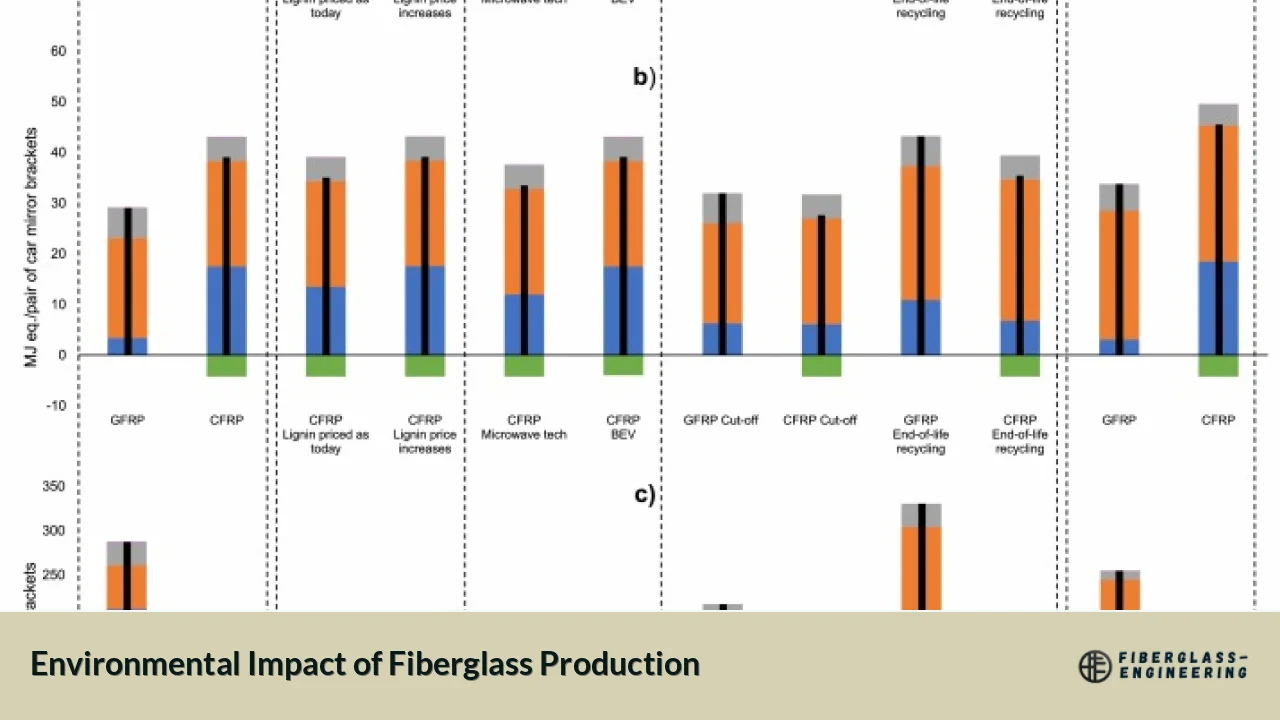Fiberglass, a versatile material used in various industries, has become increasingly popular due to its durability and lightweight properties. However, its production and use have significant environmental implications that warrant careful consideration. This article explores the environmental impact of fiberglass production, from raw material extraction to disposal, and examines its sustainability in comparison to alternative materials.
Raw Material Extraction and Processing
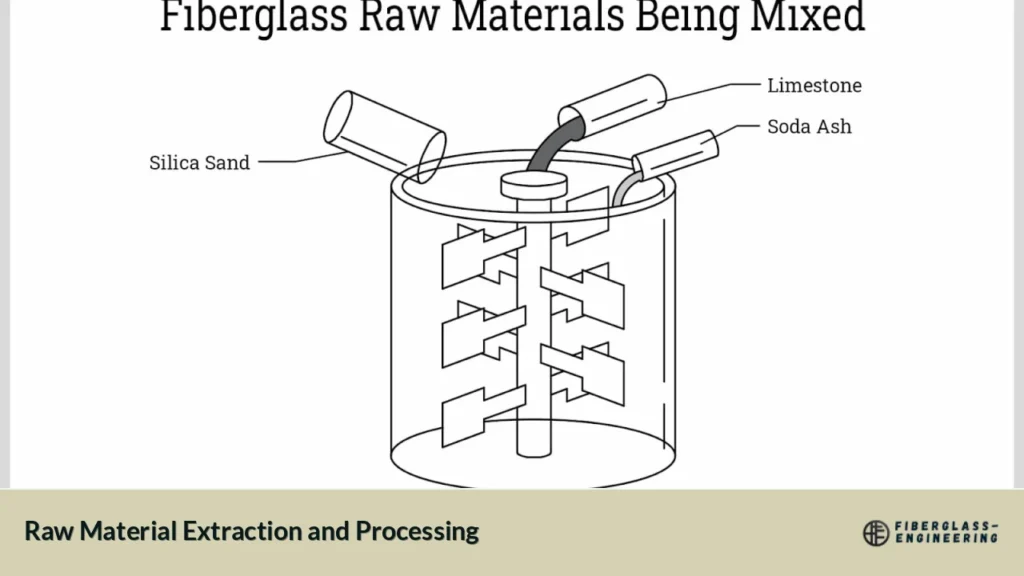
The primary components of fiberglass are silica sand, limestone, and various chemicals. The extraction of these raw materials, particularly silica sand, can lead to habitat destruction and soil erosion. Mining operations often require substantial energy inputs, contributing to greenhouse gas emissions. Additionally, the processing of these materials involves high-temperature furnaces, further increasing the carbon footprint of fiberglass production.
Energy-Intensive Manufacturing
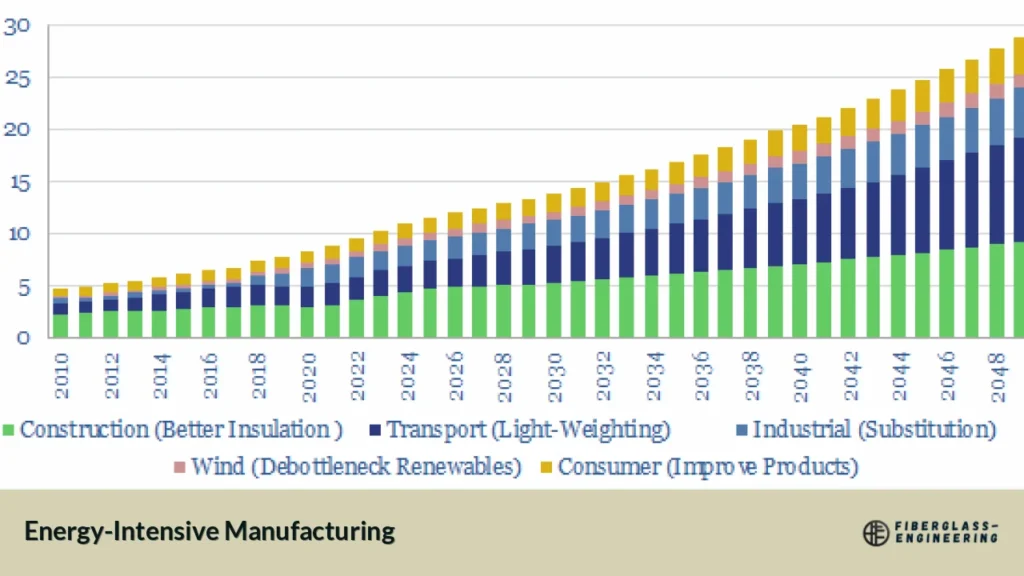
Fiberglass production is notably energy-intensive. The process requires melting raw materials at extremely high temperatures, typically around 1,400°C (2,550°F). This energy demand is primarily met through the burning of fossil fuels, resulting in significant CO2 emissions. On average, producing one tonne of glass fibers generates approximately 1.7-2.2 tonnes of CO2 emissions. This high energy consumption is a major contributor to the overall environmental impact of fiberglass.
Chemical Use and Emissions
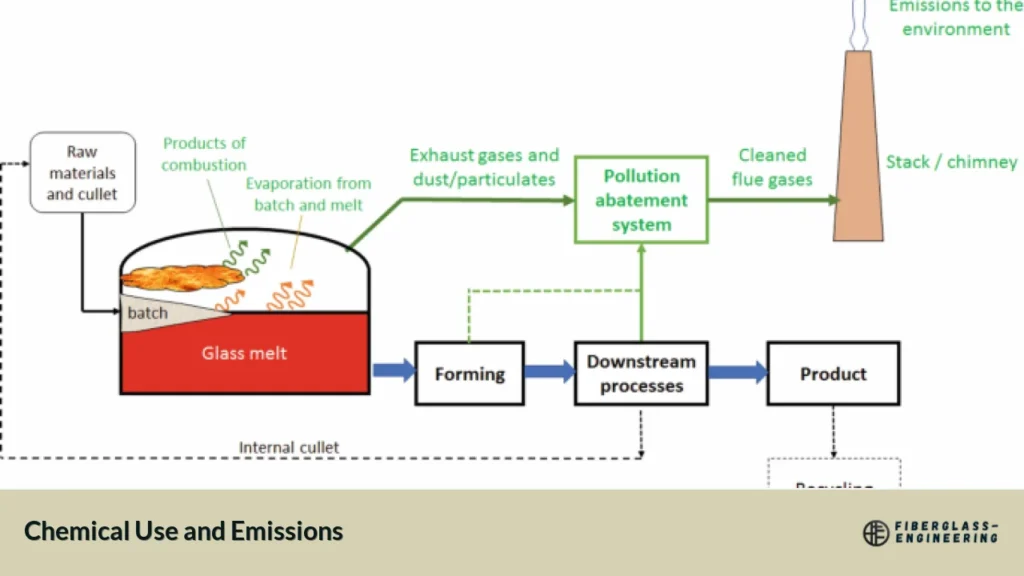
The manufacturing process involves various chemicals, including resins, hardeners, and additives. Many of these substances are derived from petrochemicals and can be harmful to the environment if not properly managed. Volatile organic compounds (VOCs) are often released during production, contributing to air pollution and potentially affecting worker health. Styrene, a common component in fiberglass resins, is of particular concern due to its toxicity and potential environmental persistence.
Water Consumption and Pollution
Fiberglass production requires substantial amounts of water for cooling and processing. While much of this water can be recycled within the manufacturing system, there is still a risk of water pollution from chemical runoff and improper disposal of waste materials. Careful water management practices are essential to minimize the impact on local water resources.
Waste Generation and Disposal Challenges
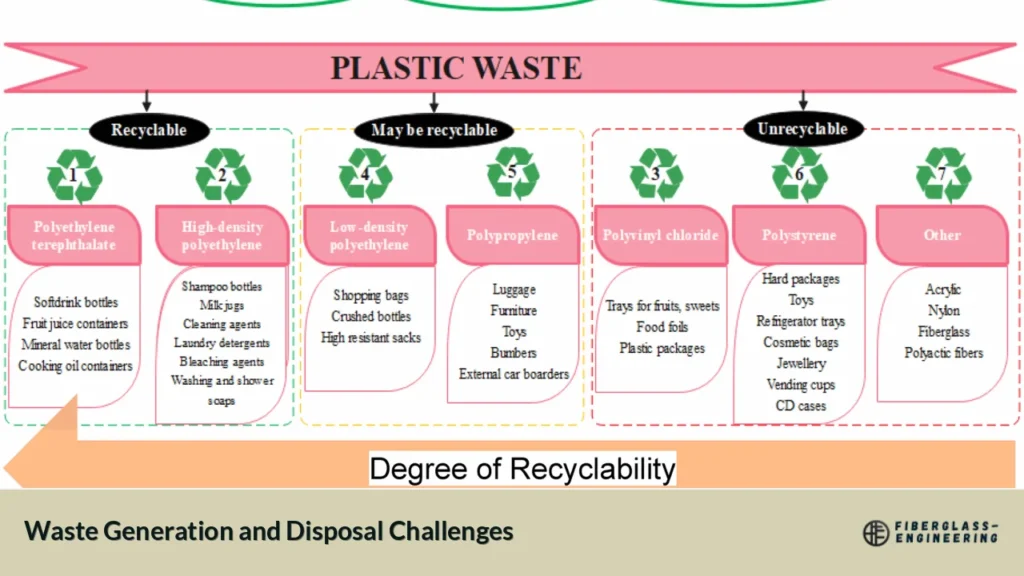
One of the most significant environmental challenges associated with fiberglass is its end-of-life management. Fiberglass products are not biodegradable and can persist in the environment for many years. The glass fiber composites market generates nearly 1.4 billion kilograms of waste annually, much of which ends up in landfills. Recycling fiberglass is complex and often not economically viable due to the difficulty in separating the glass fibers from the resin matrix.
Comparative Environmental Performance
When compared to traditional materials like steel or wood, fiberglass offers some environmental advantages. Its lightweight nature reduces transportation emissions, and its corrosion resistance extends product lifespan, potentially reducing the need for frequent replacements. However, the initial production process is more energy-intensive and generates more CO2 per unit weight than steel production.
Advancements in Sustainability
The fiberglass industry has been making strides towards improving its environmental performance. Recent data shows promising trends:
- Between 2015 and 2021, the European fiberglass industry reduced primary energy consumption by 8.1% and greenhouse gas emissions by 3.2% on average per kilogram of product.
- Recycling efforts have improved significantly, with 44% of production waste being recycled in 2021, up from 26% in 2015.
These improvements reflect the industry's commitment to achieving climate neutrality by 2050 and eliminating internal waste in landfills.
Innovations in Recycling and Circular Economy

Efforts are underway to develop more effective recycling technologies for fiberglass. Some promising approaches include:
- Mechanical recycling to repurpose fiberglass waste into new composite materials
- Chemical recycling to break down the resin and recover glass fibers
- Thermal recycling to recover energy from fiberglass waste
While these technologies are still in development, they offer potential solutions to the end-of-life challenges of fiberglass products.
Environmental Benefits in Application
Despite the environmental concerns in production, fiberglass can contribute to sustainability in its applications. For instance, in the construction industry, fiberglass insulation plays a crucial role in improving energy efficiency in buildings. Its use can lead to significant reductions in heating and cooling energy consumption, potentially offsetting the initial production impacts over the lifetime of a building.
Future Outlook and Sustainable Alternatives
As environmental concerns continue to shape industry practices, the fiberglass sector is likely to see further innovations aimed at reducing its ecological footprint. This may include:
- Development of bio-based resins to replace petrochemical-derived materials
- Increased use of renewable energy in manufacturing processes
- Advancements in recycling technologies to create a more circular economy for fiberglass products
Additionally, research into alternative materials such as natural fiber composites may provide more environmentally friendly options for certain applications.
Conclusion
The environmental impact of fiberglass production is complex and multifaceted. While its manufacturing process poses significant challenges in terms of energy consumption and emissions, the material's durability and performance characteristics offer potential long-term environmental benefits in many applications. As the industry continues to innovate and improve its practices, the balance between these factors may shift towards a more positive environmental profile. However, addressing the end-of-life issues and improving recycling capabilities remain critical challenges for the sustainable future of fiberglass.
FAQs
- Is fiberglass production environmentally friendly?
Fiberglass production is energy-intensive and generates significant emissions, but ongoing improvements are reducing its environmental impact. - Can fiberglass be recycled?
Recycling fiberglass is challenging, but new technologies are being developed to improve recycling capabilities. - How does fiberglass compare to steel in terms of environmental impact?
Fiberglass has lower transportation emissions and longer lifespan, but higher production emissions compared to steel. - What are the main environmental concerns with fiberglass?
The main concerns are high energy use in production, chemical emissions, and end-of-life disposal challenges. - Are there eco-friendly alternatives to fiberglass?
Research is ongoing into natural fiber composites and bio-based resins as potential alternatives.

